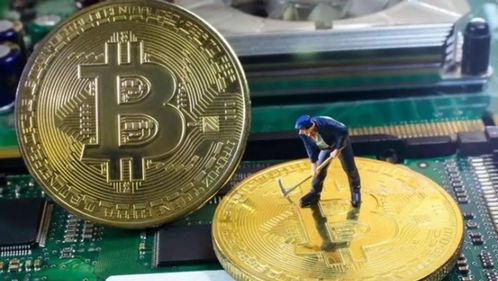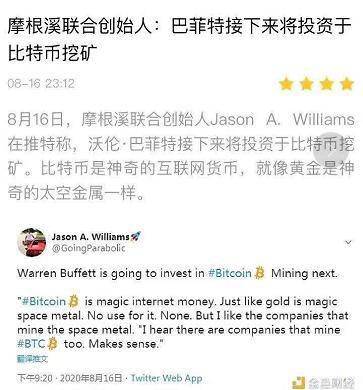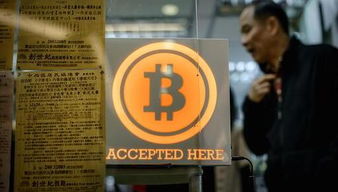
比特彗星

- 文件大小:16.51MB
- 界面语言:简体中文
- 文件类型:Android
- 授权方式:5G系统之家
- 软件类型:装机软件
- 发布时间:2024-11-15
- 运行环境:5G系统之家
- 下载次数:418
- 软件等级:
- 安全检测: 360安全卫士 360杀毒 电脑管家
系统简介
挖比特币的英语是 mine Bitcoin。比特币(Bitcoin)是一种去中心化的数字货币,挖比特币指的是通过特定的计算机硬件和软件,参与比特币网络中的交易验证和记录,以此获得新比特币的过程。这个过程也称为比特币挖矿(Bitcoin mining)。
Introduction to Bitcoin Mining

Bitcoin, the first decentralized digital currency, has revolutionized the financial world since its inception in 2009. One of the key processes that underpin the Bitcoin network is mining. This article delves into the world of Bitcoin mining, explaining its significance, the process involved, and the tools required.
What is Bitcoin Mining?

Bitcoin mining is the process by which new bitcoins are entered into circulation and is also a critical component of the maintenance and development of the blockchain ledger. Miners use their computers to solve complex mathematical problems that validate and secure transactions on the network. When a miner successfully solves a problem, they are rewarded with bitcoins.
The Importance of Mining

Bitcoin mining serves several crucial functions within the Bitcoin network:
Security: Miners help secure the network by validating transactions and adding them to the blockchain. This process ensures that the ledger is tamper-proof and that the integrity of the network is maintained.
Consensus: Mining ensures that all participants in the network agree on the state of the ledger. This consensus mechanism is essential for the decentralized nature of Bitcoin.
Incentivization: Miners are rewarded with bitcoins for their efforts, which incentivizes individuals to participate in the network and contribute to its security and maintenance.
The Mining Process
The mining process involves several steps:
Transaction Pool: Miners collect unconfirmed transactions from the network into a pool called the mempool.
Block Creation: Miners select a block from the mempool and create a new block by adding it to the blockchain.
Proof of Work: Miners must solve a complex cryptographic puzzle known as a proof of work (PoW). This puzzle requires significant computational power and time to solve.
Block Validation: Once a miner solves the PoW puzzle, they broadcast the new block to the network. Other nodes in the network validate the block and the transactions it contains.
Reward: If the block is validated, the miner is rewarded with bitcoins and transaction fees. The miner's reward is halved approximately every four years, a process known as halving.
Tools and Hardware Required for Mining
Successful Bitcoin mining requires specialized hardware and software:
ASIC Miners: Application-specific integrated circuit (ASIC) miners are designed specifically for mining and are much more efficient than general-purpose CPUs or GPUs.
Software: Miners use mining software to connect to the Bitcoin network, manage their mining rig, and monitor their performance.
Power Supply: A reliable and efficient power supply is essential to ensure that the mining rig operates at optimal performance.
cooling System: Mining rigs generate a significant amount of heat, so a robust cooling system is necessary to prevent overheating.
The Challenges of Mining
Bitcoin mining is not without its challenges:
Competition: The difficulty of the PoW puzzle adjusts to the amount of computational power on the network. As more miners join, the difficulty increases, making it harder to solve the puzzle and earn rewards.
Electricity Costs: Mining requires a significant amount of electricity, which can be expensive, especially in areas with high energy costs.
Market Volatility: The value of bitcoins can be highly volatile, which can affect the profitability of mining operations.
Conclusion
Bitcoin mining plays a vital role in the maintenance and security of the Bitcoin network. While it can be a lucrative endeavor for those with the right hardware, software, and resources, it also comes with its own set of challenges. Understanding the process and the factors that influence mining success is crucial for anyone considering entering the world of Bitcoin mining.
Tags:
常见问题
- 2025-03-05 梦溪画坊中文版
- 2025-03-05 windows11镜像
- 2025-03-05 暖雪手游修改器
- 2025-03-05 天天动漫免费
装机软件下载排行







